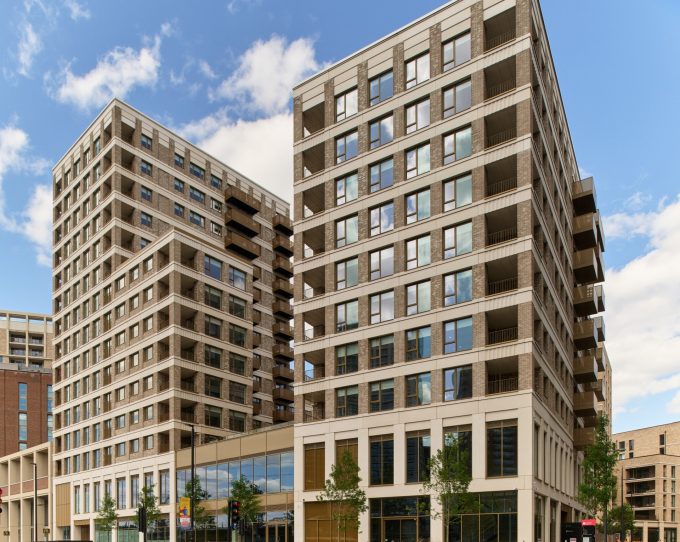Trying to predict what will be in next week’s budget seems futile, with the Chancellor fumbling the messaging and preforming drastic U-turns. What we do know is that now a rise in income tax has been ruled out, we will be clobbered somewhere else as Rachel Reeves looks to fill the black hole in the government’s finances.
Changes to council tax, business rates and stamp duty have all been heavily hinted – with a mansion tax the latest musing. Perhaps the bigger question for the investment companies sector is how the bond market responds to the overall package – you only have to look at how gilt yields spiked on news of the income tax U-turn.
It may make for uncomfortable viewing for investment companies focused on real assets, with interest rates the yardstick to which most investments are measured. Property is likely to be in the crosshairs of Reeves in some way, shape or form.
Within this backdrop, build-to-rent specialist Grainger published strong results this week. The private rented sector has taken its fair share of tax and regulatory punishment in recent years, which is probably reflected in Grainger’s 39.5% share price discount to NAV.
But we believe this belies the structural dynamics at play in the rental sector and the newly converted REIT’s low-risk future returns profile.
Developing high-quality apartments (majority focused on London and the South East) and renting them to young professionals (83% in the 20-40 age bracket – a cohort that possess the fastest growing earnings) is its MO.
The state of the housing market in the UK only plays into its proposition, with first time buyers largely priced out of making their first step onto the ladder (exacerbated in recent years by higher mortgage rates) and the supply of housing chronically lacking. Demand for rental homes is on track to grow by 20% over 10 years to 2031, according to Savills.
Add to this an exodus of private landlords due to recent increased tax and regulatory burdens, and the supply of rental homes is also diminishing. It is no surprise then to see that Grainger’s portfolio of 11,078 homes is 98.1% let. Such is the demand, a scheme in London is already 88% let just two months since launch (versus a 95% 12-month target).
Net rental income was up 12% to £123.6m over the year to end-September 2025, driven by the leasing up of new schemes. This fed through to EPRA earnings, which were also up 12% to £53.7m.
Earnings are expected to rise to £60m next year and to £72m by 2029, a 34% increase from today, as its committed pipeline of developments complete and are let up. This is good news for the REIT’s dividend prospects, the pay-out was up 10% this year to 8.3p, and is expected to rise by mid-single digits annually over the next few years.
Its projections take into account absorbing higher interest rates at debt refinancings (assumed at 5.5%), and the reduction of its debt pile of between £300m-£350m to £1.1bn by 2029. This will be funded as part of the capital allocation of £900m of planned disposals of non-core assets in this time period.
Like-for-like rental growth on its portfolio was 3.6% for the year and is expected to be in the 3.0%-3.5% range going forward, loosely tracking inflation and wage growth. That means rental affordability (rent as a proportion of household income) for its customers will remain at a nice sustainable level of 28%, which is just below market levels.
The Renters Rights’ Bill passed with very little impact on the company, which already operates to very high standards, and removed the prospect of rent controls.
Grainger’s recent returns have been lacklustre – its NAV total return is just 16.3% over five years, and with an 8% annual total return target going forward it may not get the juices running. But the prospects for the company are strong and, dare I say, low risk (barring some bad news in the budget).
